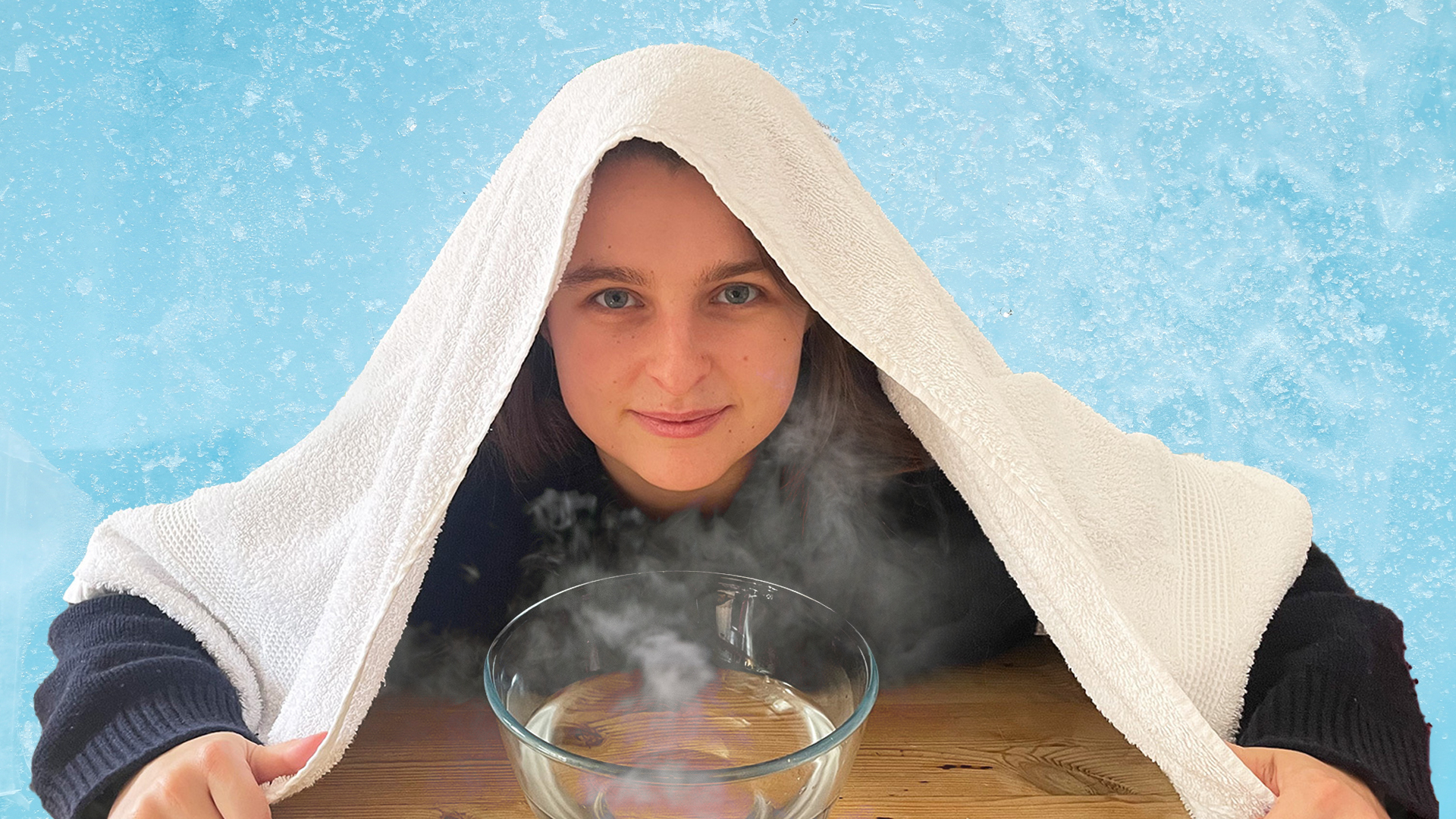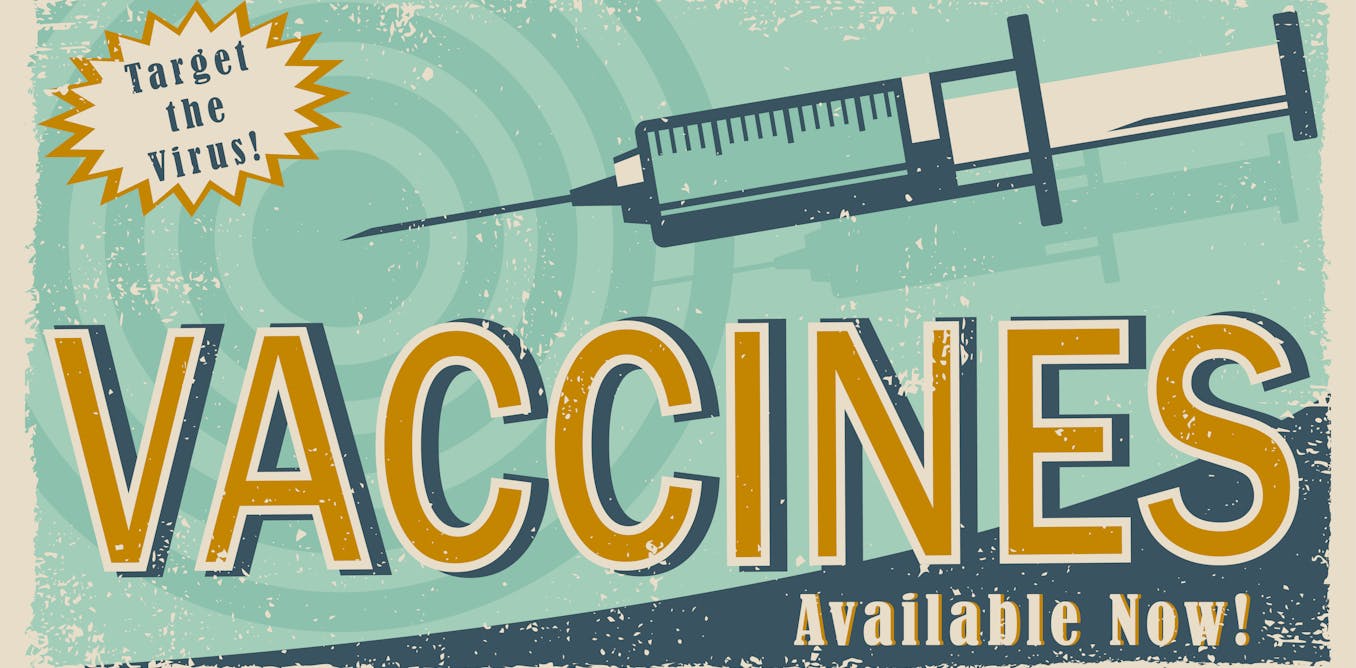LURGY season is upon us – and I appear to be one of its early victims.
Long gone are the sniffle-free days of summer (ignoring the occasional bout of hayfever).
10
Instead, say hello to the next six months of coughs, stuffy ears and bunged-up noses galore – what joy.
As we all know, getting a cold is incredibly common – in fact, adults can expect to have two to three colds each year, while kids can have up to 10 or more.
My throat is itchy, ears are blocked, nose is running and head is pounding, to name just a few of my symptoms.
While there’s no proven way to get rid of a cold, there are a number of medicines and home remedies which promise to help manage the symptoms and make you feel better.
But do any actually work?
I put nine products to the test over the course of a week – taking into account pain reduction, and how quickly and for how long they worked.
Many of the products targeted all symptoms associated with colds and flu, but I also tested treatments that only aimed to get rid of specific issues.
I also spoke to TV Pharmacist Thorrun Govind to find out a little more about the science behind these methods and which ones she recommends to her own patients.
She tells me: “It’s important to remember with all of these remedies that none are going to fix your cough or cold, our immune systems will do that, but taking some of these products can make you feel better while you wait!”
Here’s my review of each, from worst to best.
9. Echinacea

10
Best for: nothing
- Pain reduction: 0/10
- Efficiency: 0/10
- Longevity: 0/10
I’ve never been a believer of herbal remedies, but seeing as echinacea has a bit of a reputation as a “cold fighter”, I thought I’d give it a shot.
Echinacea is part of the daisy family, and has been used by Native Americans for hundreds of years to treat various infections and toothache.
Many people now suggest the supplement can treat a cold, but the evidence is mixed – with most studies suggesting it doesn’t really work.
I took it in pill form for three days and didn’t see any significant changes.
In fact, I felt just as unwell and miserable as I did before I started the pills.
A 2014 review credited echinacea with “small preventative effects” when it came to shielding people from a cold – so perhaps I was taking it wrong.
A 2015 study gave echinacea a more full-throated endorsement, suggesting it can reduce a person’s risk for colds by 35 per cent.
So maybe I should be taking echinacea as a daily supplement ahead of prospective illness, instead of something to take while I’m already sick.
Thorrun said echinacea isn’t something she recommends to her own patients.
“The science around its effectiveness just isn’t there like it is for some other cold and flu products,” she said.
Where to buy: find a box of 42 Echinaforce echinacea tablets at Superdrug for £5.18.
8. A spicy curry

10
Best for: congestion
- Pain reduction: 5/10
- Efficiency: 6/10
- Longevity: 3/10
A curry might more commonly be associated with curing a hangover, rather than a bug.
But there’s another reason to eat your vindaloo, as one (rather small) study found a vital ingredient can help treat colds.
The 2011 research discovered that fenugreek (found in most UK supermarket curries) may stave off viruses that cause sniffles and sore throats and even help to relieve some of the symptoms.
After a few bites of my Co-op Tikka Masala (to which I added some extra chilli flakes for effect), I noticed my nose began to run – bingo, I thought, this must be clearing my blocked nose.
However, within moments of finishing my microwaved medley, the stuffiness was back and my throat was still sore.
Perhaps unsurprisingly, Thorrun says a curry is not something she would ever recommend to her own patients.
“When you’re feeling unwell, the last thing you’re going to crave is a heavy curry,” she says.
“I can see how the spice might briefly clear your sinuses, but beyond that I don’t see, medically, how it’s going to help you feel better.”
Where to buy: find a Tikka Masala at Co-op for £3.75.
7. Hot honey & lemon

10
Best for: cough and sore throat
- Pain reduction: 6/10
- Efficiency: 6/10
- Longevity: 4/10
An oldie but a goodie: hot honey and lemon water has been used for generations to ease the symptoms of a cold or flu.
After just a few sips, I noticed my persistent coughing had died down, much to my boyfriend’s relief.
And this is hardly surprising, considering one Canadian study found honey to be as effective as common cough suppressant ingredient dextromethorphan, found in many over-the-counter drugs.
There was also something very comforting about holding something warm when you feel under the weather – like a hug, just in a mug.
Agreeing, pharmacist Thorrun says: “Drinking something warm will likely sooth your throat, whatever it is.
“But the greatest benefit you’re likely to get from this drink is hydration.
“Keeping yourself well-hydrated can help with symptom and help your immune system fight.”
It’s important to remember that honey shouldn’t be given to children younger than 12 months.
That’s because it contains bacteria that can produce toxins in a baby’s tummy, leading to infant botulism, which can prove serious.
Where to buy: find a bag of four lemons and a jar of honey at Aldi for 79p and 75p, respectively.
6. Chicken soup

10
Best for: headache and sore throat
- Pain reduction: 5/10
- Efficiency: 7/10
- Longevity: 5/10
Food always makes me feel better when I’m ill – ideally carbs and more carbs.
So it was little wonder when a bowl of warm chicken soup paired with some thick slices of white bread slathered with salted butter brought me back to life.
It briefly reduced my headache and my sore throat, and all the swallowing slightly eased my stuffiness.
Research suggests it’s not just any old food that will make you feel better though; chicken is especially good when you’re feeling run down.
The white meat is full of a substance called carnosine, which studies suggest reduces that stuffy, congested feeling in your nose and throat.
It’s thought that carnosine works by minimising inflammation in the upper respiratory tract, which includes the nose, mouth and throat.
Thorrun touted the benefits of eating well when you’re unwell.
“It’s important to nourish your body is fighting a virus by giving it lots of food full of vitamins and minerals,” she says.
“A nice cup of and bread is likely going to give you a bit more energy which can make you feel better.”
Where to buy: find one tub of Cully and Sully’s chicken and vegetable soup at Tesco for £2.30.
5. Steam inhalation/Vicks VapoRub

10
Best for: congestion
- Pain reduction: 7/10
- Efficiency: 8/10
- Longevity: 4/10
As the name suggests, this simple (but very effective) trick involves breathing in some steam.
You do this by filling a bowl with hot water and throwing a towel over your head, or jumping in a hot shower.
Studies on steam inhalation as a way to ease cold symptoms are somewhat mixed.
Many, including one 2016 review, found breathing in hot air did nothing at all to help clear the sinuses.
Contrary to the scientific evidence, breathing in hot air provided me with instant relief, albeit not for long.
Within seconds, I could feel the hot steam loosen the mucus build-up in my nose (apologies for the graphic detail).
I was very excited to breathe from my nostrils again – a small, but simple pleasure you only realise when it’s gone.
It’s worth noting that steaming didn’t make my ears feel any less blocked, which annoyingly was making me feel like I was constantly underwater.
However, the biggest downside was the positive decongestant effects lasted little more than a minute, which wasn’t entirely satisfying.
“This is a cheap way to unblock your nostrils,” Thorrun explains.
“It does this by making the mucus thinner. But like you noticed, it won’t last very long.”
This is because, without the steam, the mucus thickens up.
In an attempt to keep my nose clearer for longer, I took my steam bowl up a notch and stirred in some Vicks VapoRub.
I also added some of the minty wax-like substance to my chest and neck (as advised) for good measure.
On the Vicks website, the product promises to solve nasal congestion and ease a sore throat and cough due to a cold.
After a few inhales, my nose, ears and chest felt clearer, more so than the clean steam ever managed to.
However, my cough persisted and my throat continued to feel a tad tickly.
I proceeded to carry the little blue pot around with me all day after deciding that rubbing a layer into my chest every so often was slightly more office-appropriate than an hourly steam bowl.
Thorrun points out that people using this technique should be careful of burns.
She says: “Make sure the bowl of hot water is on a level, sturdy surface and can’t be knocked over.
“And don’t let the hot water anywhere near children.”
Where to buy: find a 100g jar of Vicks at Superdrug for £5.
4. Beechams All-in-One Oral Solution

10
Best for: headache and sore throat
- Pain reduction: 7/10
- Efficiency: 7/10
- Longevity: 7/10
Trying to swallow tablets when you’ve got a sore throat can be really unpleasant; they just never seem to go down smoothly – which is why taking a liquid medicine went down a treat.
Beechams is a one-shot medicine which is easy to take and works very quickly.
Within just 10 minutes, I was free from that pesky itch lurking in my throat and my cough had gone with it.
Thorrun says this is because it contains paracetamol, which works by “making pain more manageable”.
According to the NHS, the painkiller can also reduce a high temperature and ease aches and pains – which I also noticed.
“Just make sure you don’t exceed the recommended dose by taking it more than once every four hours,” she said.
Beechams also contain a decongestant known as phenylephrine hydrochloride, but this did nothing to unblock my nose or ears.
In fact, health experts in the US claimed when the decongestant is used in oral medicines (rather than nasal sprays), it doesn’t work – which in my case makes sense.
Where to buy: find 160ml of Beechams at Boots for £5.75.
3. Strepsils

10
Best for: sore throat and cough
- Pain reduction: 7/10
- Efficiency: 9/10
- Longevity: 7/10
A hard-boiled sweet to numb my itchy throat? Yes, please.
Within seconds of sucking a lozenge (that contains no real sugar) I felt the anaesthetic effects working.
My throat was less sore and not at all scratchy, while my cough appeared to have disappeared.
The numbing effects lingered for 20 or so minutes after the lozenge had dissolved.
The lemon and honey flavour (a classic so it seems) wasn’t half bad either.
According to Thorrun, these lozenges also contain an antiseptic which can help kill the bugs.
“This could, in theory, mean they help your body fight off an infection by cleaning the back of the infected throat,” she explained.
Where to buy: find a box of 36 honey and lemon Strepsil Lozenges for £5.69 at Superdrug.
2. Sudafed Blocked Nose Spray

10
Best for: congestion
- Pain reduction: 9/10
- Efficiency: 8/10
- Longevity: 7/10
The worst part of any cold (in my humble opinion) is the congestion.
Living in a scentless, muffled world isn’t fun for anyone.
So when I came across a de-blocking spray, I was thrilled.
The initial hit of menthol up each nostril is far from pleasant, but the three-or-so hours after were pure, clear, bliss.
Not only could I breathe through my nose again, but my ears felt substantially less congested, as did my head.
“Nasal sprays work much quicker than tablets because the decongestant reaches your blocked nose almost instantly,” Thorrun explains.
“Make sure you don’t use these sprays for longer than five days,” she warns, “as using them for any longer can make your nose more blocked, even after the infection has cleared up”.
Where to buy: find Sudafed spray from Amazon for £3.60.
1. Lemsip Max

10
Best for: cough, congestion, sore throat, headache
- Pain reduction: 9/10
- Efficiency: 8/10
- Longevity: 8/10
What could be better than painkillers? Painkillers submerged in a hot drink.
Much like the honey and lemon concoction, this drink (suitably lemon-flavoured) felt like a hug in a mug – with the added benefit of numbing the incessant itch in my throat.
After 20 minutes of sipping, many of my symptoms began to lift, including my blocked ears, nose, sore throat and cough.
Even the more subdued symptoms, like the dull ache in my legs and stuffy head, disappeared.
All things considered, I felt relatively normal. Might I go as far to say I convinced myself I was healthy again?
I asked Thorrun why exactly this product worked so well.
“Lemsip contains a chemical called guaifenesin, which helps to thin the mucus in the throat so its easy to cough up,” she explains.
“This is why it’s very good for those with wet coughs, as opposed to dry, or chesty coughs.”
It also contains paracetamol, which, as Thorrun said previously, can help ease pain when you’re ill.
You can also take Lemsip in tablet form, but the fact the powdered version requires water is an added bonus for your health.
“Drinking more liquids is going to help with a sore throat or cough,” she explained.
Four hours later, as if right on schedule, my symptoms came flooding back.
I continued to carry some hand sachets in my purse for the rest of my cold, and if that’s not a testament to the medicine, I don’t know what is.
Where to buy: find a box of 10 Lemsip Max Lemon sachets on Amazon for £3.49.




